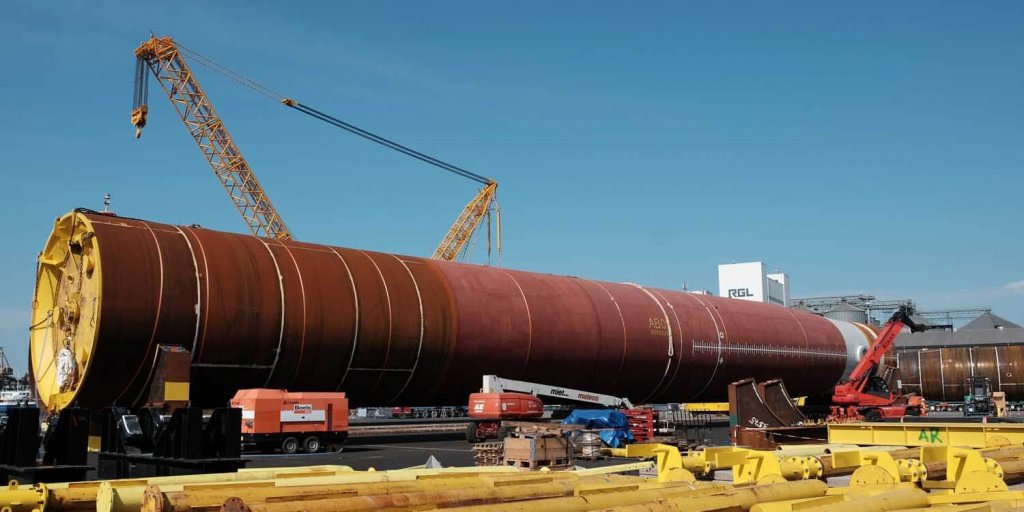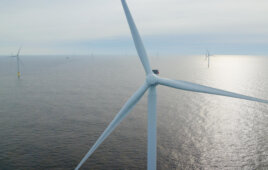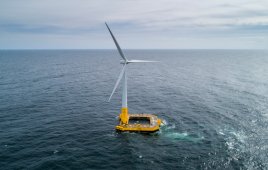E.ON is setting new standards for the construction and operation of offshore wind farms. The company announced that it is protecting all 60 steel foundations of the Arkona offshore wind park in the German Baltic Sea with a special anti-corrosion coating.
During the 25-year operating period, the metal-dissolving corrosion process is expected to slow significantly.

E.ON has developed the Thermal Spray Aluminium (TSA) process for coating of the monopiles in cooperation with the foundations’ manufacturers EEW SPC, Krebs Korrosionsschutz, and Rambøll. The environmentally-friendly corrosion protection is expected to significantly reduce deposits into the sea by several hundred tons over time.
E.ON maintains that related deposits into the sea should be reduced by several hundred tons. It is the first company to completely assemble the monopiles of an offshore wind park with this environmentally-friendly corrosion-protection technology.
E.ON has developed the Thermal Spray Aluminium (TSA) process for coating of the monopiles with engineers Rambøll Germany, in coordination with the competent authorities. The EEW and Krebs organizations developed the innovative technology on behalf of E.ON to implement the process industrially at their locations in Rostock. To this end, existing coating halls were also expanded and the world’s first fully automated coating line was developed.
“The guiding principle behind all E.ON activities is to improve people’s lives,” said Sven Utermöhlen, COO of E.ON Climate & Renewables. “Environmental and climate protection play a central role as part of this. E.ON has again proved its innovative capability with the TSA procedure. We will now analyse and further optimize the process in order to use it for future offshore wind projects.”
During the coating process, a robot with two arc burners sprays a 350 μm thick layer of molten aluminum onto the foundations. The process is carried out under the most stringent safety and environmental protection standards and is largely dust-free. The surface is then sealed with resin.
The TSA process has mainly been used as corrosion protection for smaller steel components under water or for larger components above water (for example, in offshore substations). The process is being applied for the first time on an industrial scale for the foundations of the Arkona turbines.
Because the process is automated, this alternative coating method can lead to significant cost savings compared with conventional corrosion protection. E.ON has applied for the German Renewables Award with the TSA project.
So far, all 60 foundations with the TSA coating for the Arkona offshore wind farm have been produced. They have a maximum length of 81 m, and a diameter of up to almost 8 m, which is sufficiently wide to allow an ICE train to pass through.
When the foundation piles for the offshore substation have been installed by the end of July, E.ON will begin installing the foundations in the near future.
The Arkona project is 35 kilometres north-east of the island of Rügen. The wind farm will have a capacity of 385 MW, and will be able to supply up to 400,000 households with renewable energy from 2019 onwards. Compared with conventionally generated electricity, Arkona saves up to 1.2 million tonnes of CO2 annually. Sixty 6-MW turbines made by Siemens will be installed. The installations are based on monopile foundations in water with depths of between 23 and 37 m.
Arkona is a joint venture between E.ON and Statoil, the Norwegian energy company.
Filed Under: News, Offshore wind, Projects




